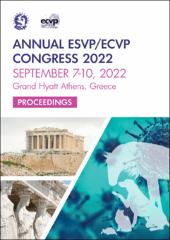| dc.description.abstract | Introduction: The eastern imperial eagle (Aquila heliaca) is one of the critically endangered
species in Serbia, with a small global population that will likely continue to decline. Despite
many biological and ecological studies on this species, little is known regarding the prevalence
and incidence of infectious diseases in these birds. Here we present the pathological,
microbiological and toxicological findings in one imperial eagle.
Materials and Methods: An adult male imperial eagle died soon after being placed in a
rehabilitation center at the “Palić” Zoo. The cadaver was submitted for necropsy to the Scientific
Veterinary Institute „Novi Sad“, Serbia to determine the cause of death. Virological examinations
(Avian Influenza, West Nile and Paramyxovirus) were performed. Bacteriological
examinations were carried out on intestine and liver samples, and toxicological examinations
on liver and kidney samples.
Results: The bird was in poor condition and showed atrophy of the pectoral muscles. The
pathological examination revealed a fibrinous epicarditis and pericarditis. The wall of the
small intestine was thickened and dilated, the ileum exhibited multifocal subserosal haemorrhages.
Escherichia coli and Clostridium perfringens were isolated from the tissues.
Paramyxovirus was detected by RT-PCR. A high lead concentration (50.96 mg/kg) was detected
in the liver by inductively coupled plasma mass spectrometry.
Conclusions: The results show that the bird was exposed to toxic doses of lead. These likely
had a negative effect on the immune status and consequently increased the susceptibility to
viral infections and secondary pathogens. | en_US |

